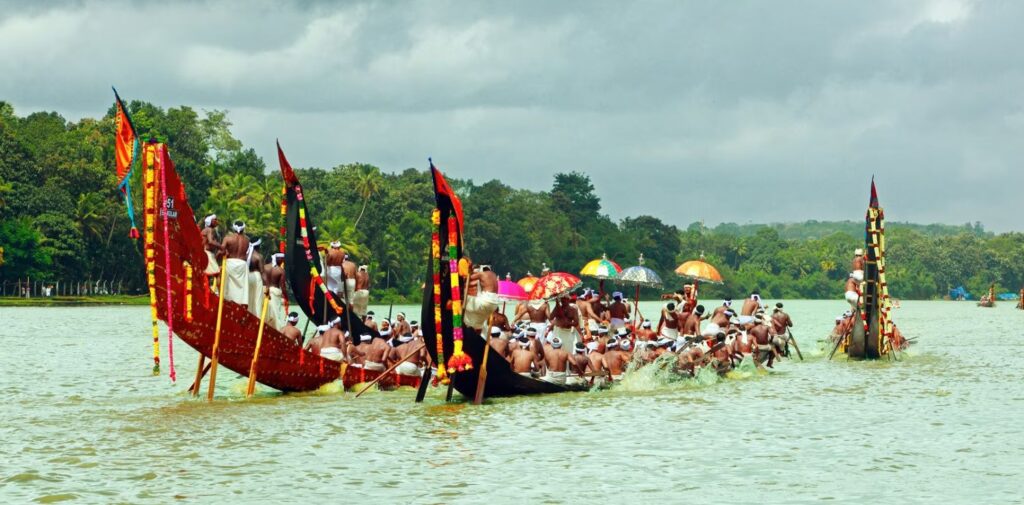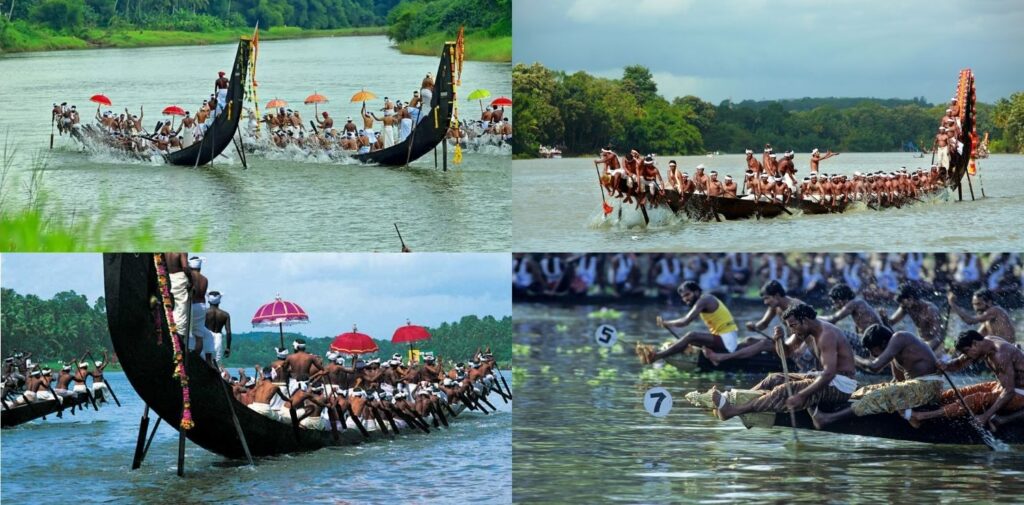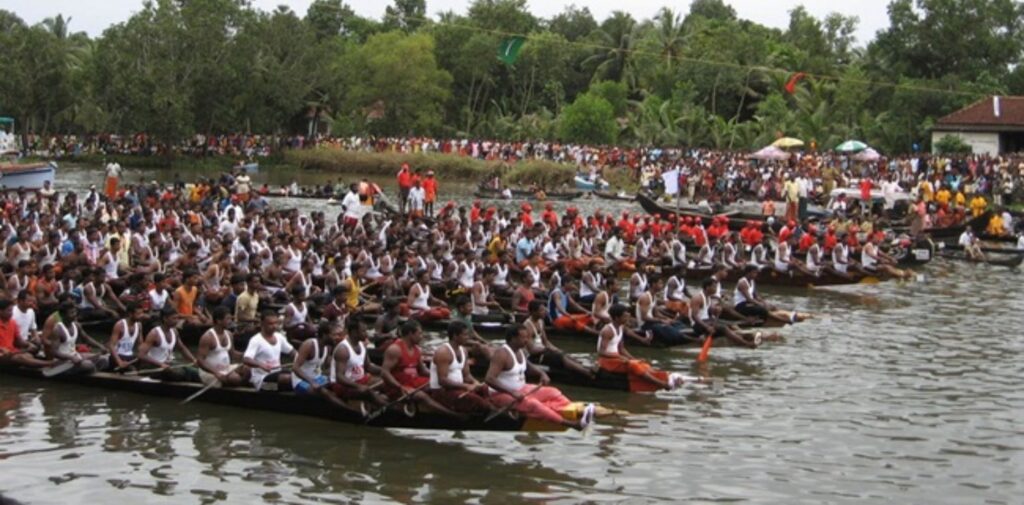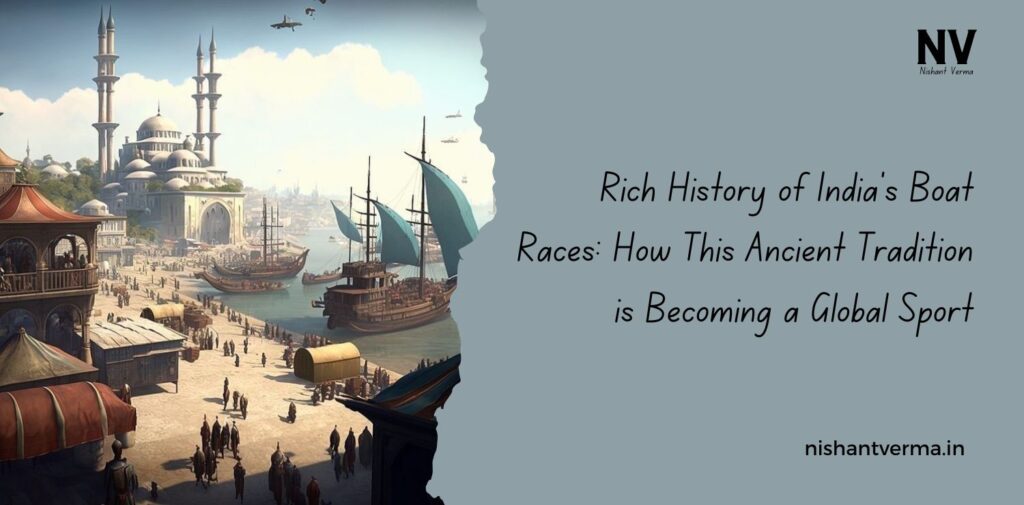India, a land of diverse cultures, languages, and traditions, has a long history of festivals and events that showcase its rich cultural heritage. Among these, boat races stand out as one of the most exciting and vibrant traditions. Known for their thrilling competition, colorful celebrations, and deep-rooted historical significance, India boat races have become an important part of India’s cultural identity. Today, these races are not only a significant part of local festivals but are also gaining popularity worldwide, becoming a global sport in their own right.
A Historical Overview of Boat Races in India
Boat racing in India dates back to ancient times, with references to it found in both historical texts and local folklore. The sport has roots in the agricultural communities of India, where it was closely tied to the cycle of the monsoons. The races were often organized to celebrate the arrival of the rains, and they also served as a way to maintain the boats used for transportation and fishing.
In Kerala, for example, boat races have been a tradition for centuries. It is believed that these races originated in the 15th century, during the reign of the local rulers. The kings of Kerala would organize these races to display the strength and agility of their boats, which were crafted with the skills of local boat makers. The races were also a symbol of power and were used to entertain and unite the people of the region.

Types of Boat Races in India
India is home to a variety of boat races, each with its own unique characteristics, traditions, and regional significance. Some of the most famous types of boat races are:
- Vallam Kali (Kerala Boat Races): Perhaps the most famous boat races in India, Vallam Kali is a traditional boat race that takes place in the backwaters of Kerala. The boats used in these races are long, narrow, and typically made of wood. These boats can hold up to 100 rowers, and the races are a thrilling display of teamwork and skill. The Nehru Trophy Boat Race, held annually in Alappuzha, Kerala, is one of the largest and most famous boat races in India. It attracts thousands of tourists and boat enthusiasts from around the world.
- Snake Boat Races: Another iconic boat race in Kerala, the Snake Boat race is a spectacular event that involves large, snake-like boats, which can be up to 100 feet in length. These boats are rowed by more than 100 oarsmen, and the races are held in the backwaters of Kerala, especially during the Onam festival. The boats are decorated with colorful flags, and the races are accompanied by folk music and chants, making the event a true cultural extravaganza.
- Kochi and Kottayam Boat Races: In these regions of Kerala, boat races are a common feature of the Onam festival. The boats used are similar to those in the Vallam Kali, but the races are smaller in scale. These races often involve a large number of spectators, and the atmosphere is filled with excitement, cheers, and celebrations.
- The Andaman Islands Boat Races: Boat races in the Andaman Islands are another important part of India’s maritime tradition. These races often feature boats with sleek designs and are closely tied to the local culture and community life.
- Tamil Nadu and Andhra Pradesh Boat Races: In southern India, particularly in Tamil Nadu and Andhra Pradesh, boat races are also an integral part of regional festivals. The races take place in rivers and seas and are an important way to celebrate local traditions.

Cultural Significance of Boat Races
Boat races in India are not just competitive events; they also have deep cultural and religious significance. Many of these races are linked to festivals, particularly the Onam festival in Kerala, which is a celebration of the harvest and the homecoming of the mythical king Mahabali. The boat races during Onam symbolize the unity and strength of the people, as well as the agricultural traditions that the festival represents.
In some regions, boat races are also performed as an offering to the gods. The practice of dedicating the boats and the race to divine powers reflects the spiritual and communal aspect of the sport. The race teams often pray for success, good harvests, and the well-being of their communities before the event.
Boat races also serve as a way to preserve the traditional boat-building techniques and craftsmanship that have been passed down through generations. The unique designs of the boats, such as the snake boats, are a testament to the ingenuity and skill of Indian boat makers. These boats are made from a variety of materials, including wood, bamboo, and coconut fiber, and are often hand-crafted by local artisans.
The Evolution of Boat Racing: From Tradition to Global Sport
In recent years, boat races, particularly those in Kerala, have started to gain international recognition. With the increasing popularity of adventure sports and cultural tourism, these races have attracted the attention of tourists, sports enthusiasts, and media from across the world.
The Nehru Trophy Boat Race, for instance, has become a major international event. Tourists from different countries flock to Kerala every year to witness the grandeur of the boat races, and the event has been featured in international media. The excitement of the races, the beauty of the Kerala backwaters, and the cultural performances that accompany the event make it a memorable experience for visitors.
In addition to tourism, the sport has also become a part of international sports festivals. Some regions in Kerala have started organizing boat races with teams from different parts of the world, inviting global participation. The races have even been featured in sports channels and international media, further elevating their global appeal.
Challenges and Opportunities in the Globalization of Boat Racing
While boat racing has gained recognition as a global sport, there are also challenges associated with this expansion. One of the main concerns is the environmental impact of these races. The backwaters of Kerala and other regions where boat races take place are sensitive ecosystems, and the increased number of tourists and boats could potentially damage these environments.
To address this, local authorities and event organizers are working to promote sustainable tourism practices, such as limiting the number of boats in the races, ensuring that the boats are made from eco-friendly materials, and encouraging responsible waste disposal.
Another challenge is the commercialization of the sport. As boat races become more popular, there is a risk that the traditional and cultural aspects of the sport may be overshadowed by the desire for profit. To preserve the authenticity of the races, it is essential to strike a balance between tourism, commercialization, and cultural preservation.

The Future of Boat Racing
The future of boat racing in India looks promising. With its rich history, cultural significance, and growing international appeal, boat racing is set to become a major sport on the global stage. However, it is important to ensure that the traditional and cultural aspects of the sport are maintained as it evolves.
As more people around the world discover the thrill of boat racing, the sport will continue to evolve, offering new opportunities for athletes, tourists, and local communities alike. By embracing both the modern and traditional aspects of boat racing, India can ensure that this ancient sport continues to thrive for generations to come.
Conclusion: India Boat Races
Boat racing in India is much more than just a sport; it is a celebration of culture, tradition, and unity. From its ancient origins to its growing global appeal, boat racing in India has a unique charm that continues to captivate people from all walks of life. As this ancient tradition gains international recognition, it is clear that India boat races will continue to sail towards a bright future, carrying with them the rich history and vibrant culture of the Indian people.




